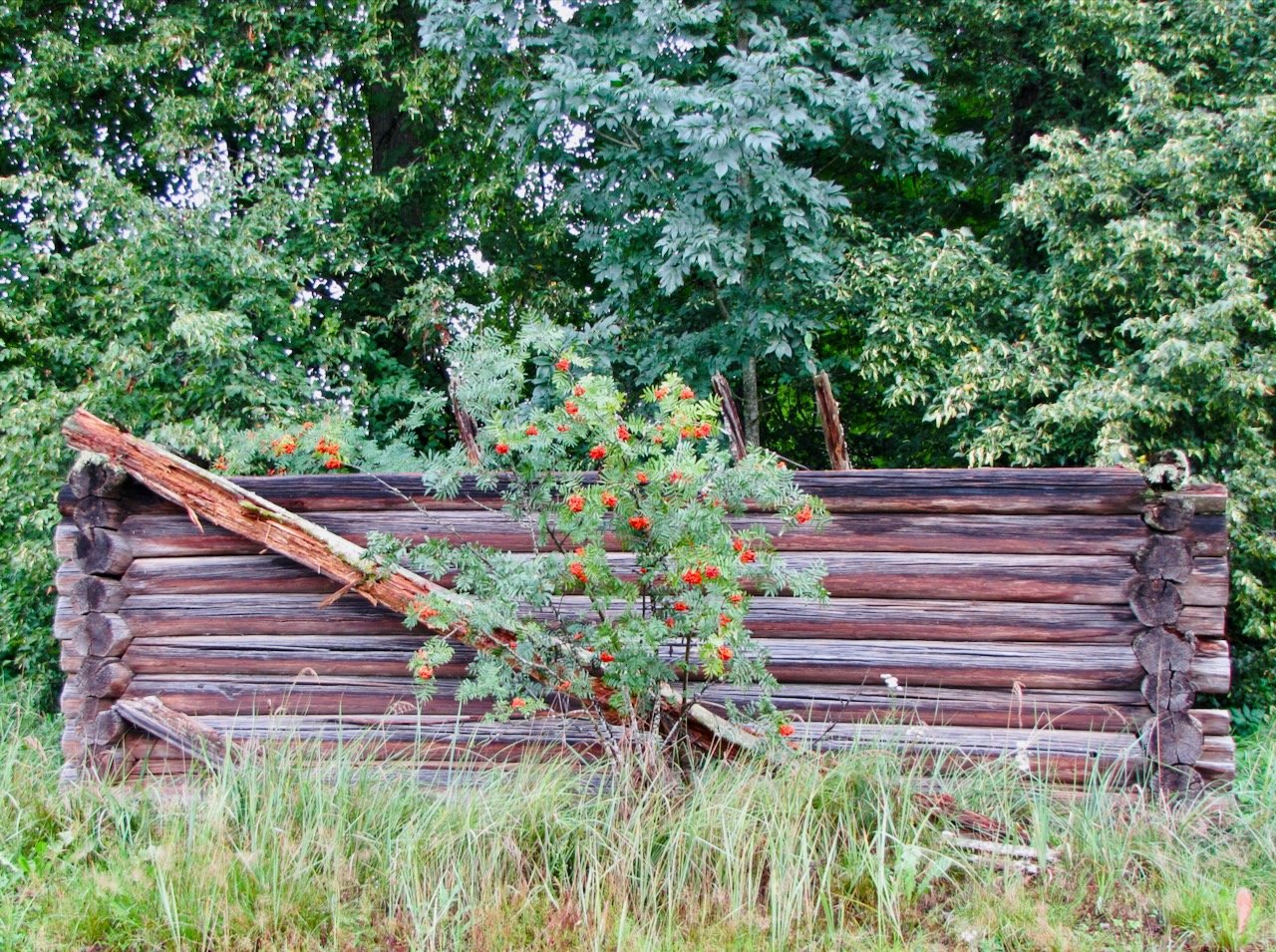What Happens when we Die?
In this series of talks Vaddhaka starts by examining the nature of the self. Then he moves on to discuss what might happen when we die, including rebirth and other possibilities. He includes both Buddhist and non-Buddhist perspectives.
For each of the six talks there is a transcript and a recording.
Vaddhaka adds two sets of his notes; on the Tibetan Buddhist view of living and dying; and on accounts given by modern medical professionals on attitudes to death and dying.
01 Who Lives and Dies?
In this talk Vaddhaka gives a detailed explanation of the Buddha’s teaching of ‘anatman’, i.e., that within a human being there is no fixed and separately existing essence of self.
02 Who is Reborn?
When we ask the question “Who dies?” then the answer is that with the death of the physical body, that unique psycho-physical bundle of experience ceases to exist. But if rebirth exists, and we are convinced that there is no fixed and separate essence of self that survives from life to life, we must then ask, “Who or what is reborn?”
03 Is Rebirth True (1)
In this first of two talks on whether rebirth is true, Vaddhaka starts by examining the historical origins of the ideas of karma and rebirth. After reflecting on the human desire for the universe to be a just universe, Vaddhaka concludes with a critique of Stephen Batchelor’s argument against the idea of rebirth.
04 Is Rebirth True? (2)
In this second talk on the truth or otherwise of rebirth and karma, Vaddhaka focuses on three specific areas for consideration; (i) the phenomenon of tulkus or reincarnate lamas, (ii) the scientific evidence for rebirth, and (iii) near-death-experiences. He concludes with Sangharakshita’s considerations on rebirth.
05 What happens when we die: speculative possibilities in fiction
In the final two talks of the series Vaddhaka broadens the scope beyond Buddhist notions of rebirth to explore more generally what might happen when we die.
In this talk he looks at three writers imagining in fiction what might happen if our consciousness in some sense continues after the death of the physical body when we die. The three writers are Philip Pullman, author of the trilogy ‘His Dark Materials’, David Eagleman, author of ‘Sum: Forty Tales from the Afterlives’, and Paul Broks, author of ‘Into The Silent Land’.
06 What happens when we die: things and consciousness
In this concluding talk Vaddhaka looks at the nature of things and at the nature of consciousness. He brings in views from scientists and philosophers, and from that, explores what might happen to consciousness after the death of the physical body. Including the ideas of physicist Carlo Rovelli, writer Iain McGilchrist, philosopher Alva Noe, and cognitive scientist Donald Hoffman, Vaddhaka finishes with his take on Sangharakshita’s notion of ‘cosmic going for refuge’.
07 Notes on The Tibetan View of Living and Dying
In this set of notes Vaddhaka examines ideas first published in the west as The Tibetan Book of the Dead, taken from the original Tibetan text of the Bardo Thodol, which means Liberation Through Hearing in the Inbetween State. Using detailed explanations given by professors Robert Thurman and Evan Thompson, the notes explain the notion of bardo, and give a description of the process of dying according to the Bardo Thodol.
08 Notes on Resisting Death, Accepting Death
The notes start with a personal reflection on Vaddhaka’s awakening in his mid-forties to a sense of his own mortality, which prompted a search for a path to purpose and meaning. Then Vaddhaka quotes extensively from four doctors on how to approach death, including Sherwin B. Nuland, Atul Gawande, Paul Kalanithi, and Rachel Clarke.
